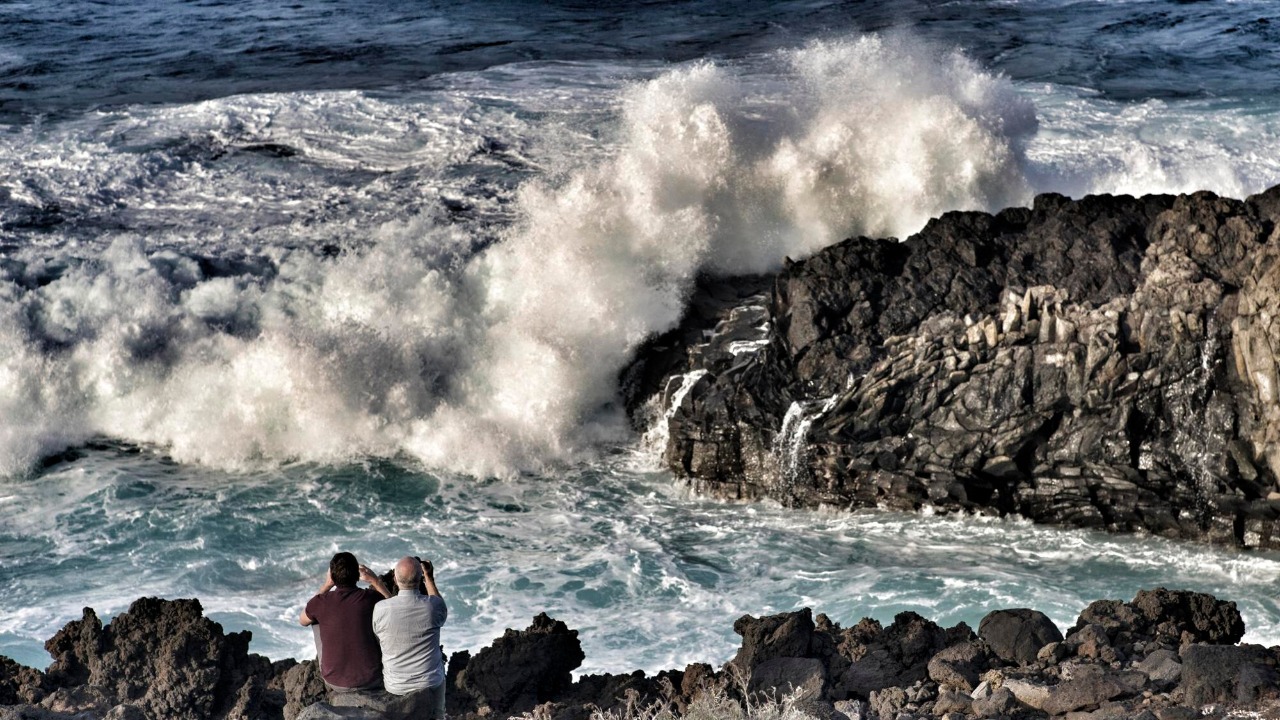
Recent research has shed light on a fascinating connection between ancient continental breakups and current volcanic activity along mid-ocean ridges. A study led by scientists from the University of Southampton suggests that these eruptions may be the echoes of “frozen” rifts formed during the breakup of the supercontinent Pangaea around 200 million years ago. This discovery challenges traditional views of volcanic activity being solely driven by current plate movements and opens up new perspectives on our understanding of Earth’s geological history.
Ancient Continental Dynamics
The breakup of the supercontinent Pangaea, which began approximately 200 million years ago, left deep scars in the Earth’s mantle. These rifts, according to the University of Southampton study, were formed during a process known as lithospheric extension, which occurred during the initial separation of South America and Africa. Taras Gerya’s computer modeling shows that these rifts reached depths of up to 100 km.
Seismic data from the Walvis Ridge, a hotspot off the coast of Namibia, provides compelling evidence of these persistent weaknesses in the oceanic crust. The patterns of earthquakes in this region suggest that magma is still upwelling from these ancient rifts, a clear indication of their enduring influence on geological activity. More details can be found in the original study.
Mantle Plumes and Persistent Rifts
The term “frozen rifts”, coined by Taras Gerya, refers to these ancient fractures in the mantle that retain heat and stress from the time of the continental breakups. These rifts can lead to delayed volcanic reactivation, a phenomenon that has been demonstrated through computer simulations. The simulations show that plume formation can occur 100–200 million years after the initial rifting, with mantle viscosity parameters of 10^21 Pa·s.
One example of a plume track is the Tristan da Cunha hotspot in the South Atlantic, which is believed to be tied to the separation event that occurred 180 million years ago. This hotspot, along with others, provides tangible evidence of the long-lasting effects of ancient continental breakups on current volcanic activity.
Evidence from Mid-Ocean Ridges
Seismic and bathymetric data from the Mid-Atlantic Ridge near 30°S latitude reveal elevated eruption rates that correlate with the locations of ancient rift zones. This correlation suggests a direct link between these old fractures and current volcanic activity. Furthermore, geochemical analysis of basalt samples from the ridge has revealed isotopic signatures, such as high ³He/⁴He ratios, that match those of magmas from the era of continental breakup.
Recent eruptions in 2022 off the Azores provide further evidence of this connection. These eruptions are interpreted as echoes of Pangaean rifting, a testament to the enduring influence of these ancient geological events. Field observations of these eruptions can be found here.
Case Study: South Atlantic Hotspots
The Walvis Ridge and Rio Grande Rise are relic structures from the South America-Africa split, each stretching over 3,000 km in length. These structures are still volcanically active, with output rates at Tristan da Cunha reaching 0.1 km³/year. This activity is believed to be sustained by underlying mantle anomalies that date back to 130 million years ago.
Satellite gravity data provides further evidence of these ancient rifts. The data shows density variations that align with the locations of the modeled ancient rifts, providing a clear link between these old fractures and current geological activity. More information on this can be found here.
Implications for Plate Tectonics Theory
The findings of this study have significant implications for our understanding of plate tectonics. They suggest a revision of the Wilson cycle models to incorporate the phenomenon of delayed volcanism, which appears to occur in cycles every 300–500 million years. This revision would provide a more comprehensive picture of the Earth’s geological history, taking into account the long-lasting effects of supercontinent cycles.
As Taras Gerya puts it, “These echoes show that Earth’s memory is long.” This statement emphasizes the 200-million-year lag in volcanic activity, a testament to the enduring influence of ancient continental breakups. The findings also have broader impacts on our ability to predict eruptions, as the South Atlantic examples illustrate the potential risks to submarine infrastructure.
Future Research Directions
There is a need for deeper drilling at sites like the Walvis Ridge to sample remnants of the 200-million-year-old rifts. This would provide more direct evidence of these ancient fractures and their influence on current geological activity. Additionally, integrating AI-driven modeling with real-time seismic networks could enhance our ability to map global rifts, building on the simulations used in the Nature Geoscience study.
The International Ocean Discovery Program is currently targeting ancient breakup zones in the Pacific and Indian Oceans for further research. These projects could provide valuable insights into the long-term effects of continental breakups on volcanic activity. More information on these ongoing projects can be found here.
More from MorningOverview